Is your water-steam cycle at risk?
Six questions to tackle first
Return on experience clearly shows that chemistry-related deviations and incidents in power plant water-steam cycles can have costly consequences. Unwanted deposits and corrosion can lead to boiler leaks or even require piping, heat exchangers or turbine blades to be replaced, resulting in steep replacement costs in many cases.
Collateral damage can also be very costly, since it is a requirement for most power plants to produce power, and any unplanned shutdown comes with big penalties.
Fortunately, keeping the risk of incidents to a minimum is possible if precautions are observed. Here are six questions to ask first.
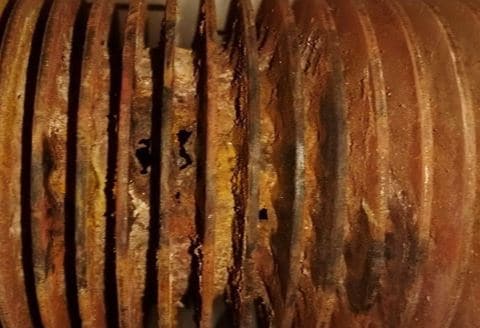
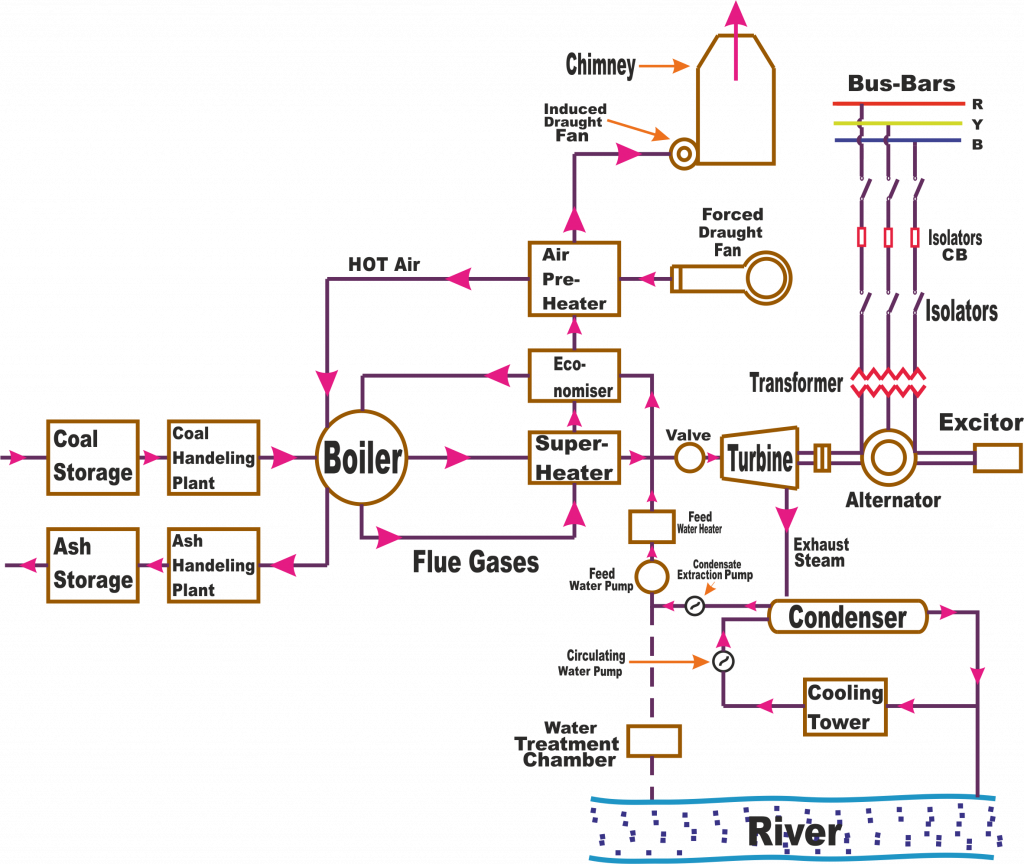
1. Is the chemical treatment suited to the circuit’s design?
Installations can differ substantially depending on the situation. Operating pressures, temperatures and flow rates, as well as the materials used, can vary considerably from one installation to another, and that is why there is no water treatment that can be applied universally.
The central questions for operators is therefore: “How was the water treatment arrived at, and is it suited to my installation?” In this regard, OEM recommendations are sometimes too general because they do not take into account all the specificities of the installation
2. Is there a monitoring strategy in place for the water-steam circuit?
Monitoring water chemistry is essential to fully assess a water-steam circuit, but not all operators implement monitoring strategies. This trend often begins at the design stage, where cost control usually means that monitoring is given little thought.
Whatever the reason, operating in such conditions means working with high risks. These risks can be substantially reduced with an appropriate monitoring strategy.
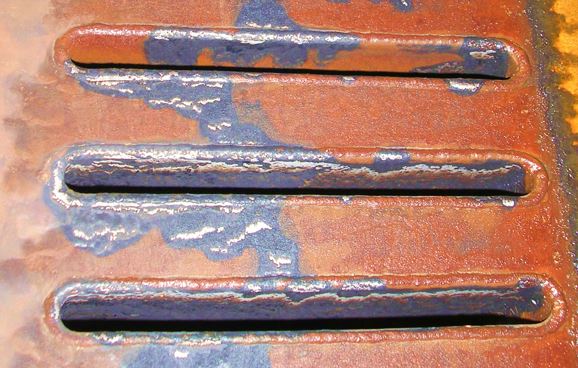
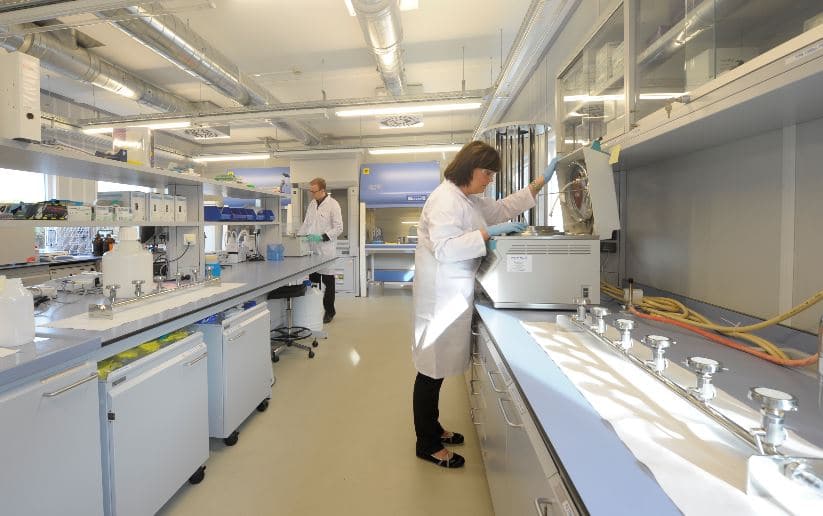
3. Does the monitoring strategy focus on the right aspects?
Some operators do have a monitoring strategy, but it can sometimes be too lax or pay too much attention to certain aspects while neglecting other fundamental issues. An optimal strategy principally monitors two aspects: water purity and the efficiency of the water treatment. For purity monitoring, the most relevant parameters are cation conductivity (or more precisely CACE, Conductivity After Cation Exchange), sodium concentration, silica (SiO2) and dissolved oxygen. For water treatment efficiency, the most relevant parameters to monitor are conductivity and pH.
Monitoring is achieved using a combination of:
- online analyzers, reporting values that are measured continuously and in real-time;
- measurements carried out in the lab on water samples taken at appropriate locations in the circuit.
For each parameter, the choice between on-line analyzers and off-line analysis in the laboratory must be evaluated on a case-by-case basis.
4. Are the on-line and off-line measurement results reliable?
An aspect to consider first is where in the circuit does it make sense to get a measurement? This principle applies to both deciding where to put online analyzers and choosing sampling points for the off-line measurements (although for this aspect, choices made at the design stage might not offer much room for flexibility).
A second aspect is that for monitoring to be reliable, measurements must be precise. In some cases, this involves measuring low concentrations. Analytical devices must therefore be of sufficient quality, and there are other crucial factors such as analyzer calibration, compensating for temperature effects, and training for laboratory personnel.
Finally, it is important to ensure that manual sampling is carried out correctly to avoid contamination. This is achieved through awareness campaigns and targeted training for technicians.
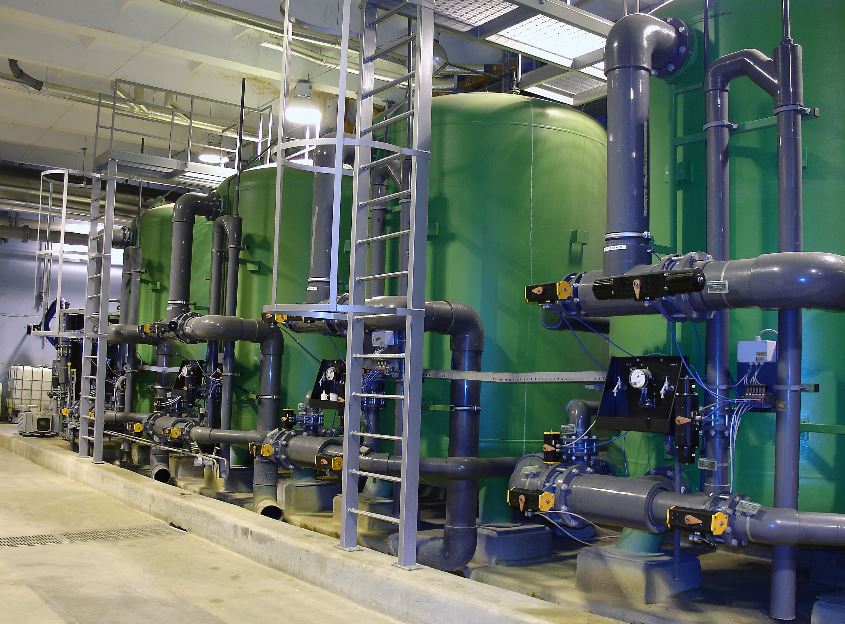
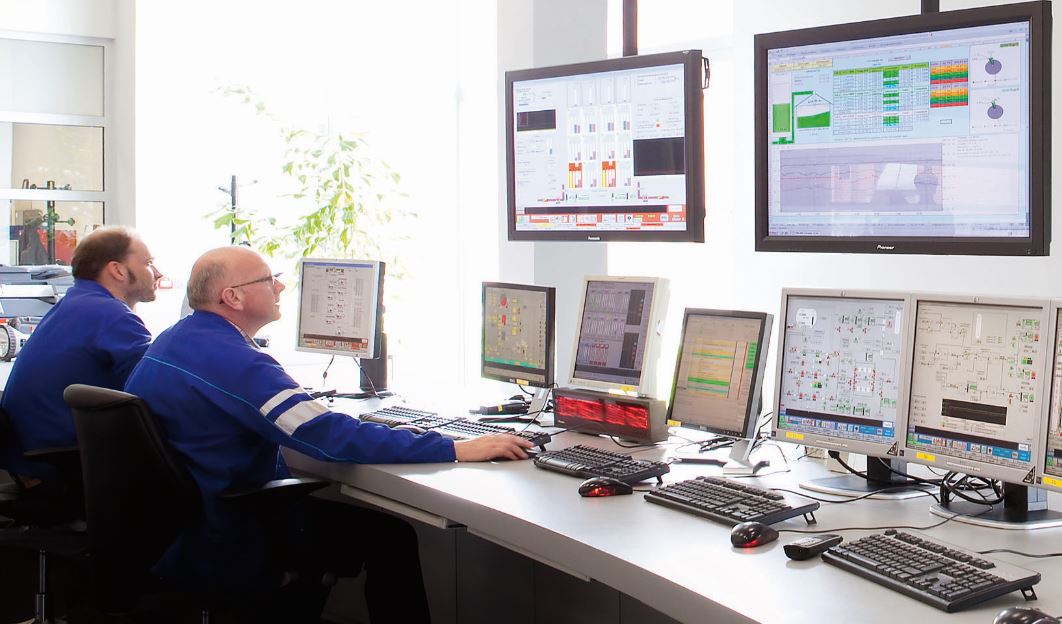
5. Have optimal alarm thresholds been set?
Special care should be taken when making decisions on alarm thresholds for the different monitored parameters. Since installations differ quite widely, alarm thresholds should be set depending on the particular features of the installation.
One frequent issue is that thresholds are set at too tolerant a level, to avoid excessive alarming. This can lead to deviations going unnoticed, risking severe damage.
Setting strict thresholds, however, can also lead to issues. In the case of older installations where copper is present, for example, setting a low oxygen limit may lead to using compounds that can cause steel corrosion.
6. Are clear procedures in place for - prompt - appropriate action?
Setting alarm thresholds is one thing; adjustment or action in the event of an alarm is another. Clear procedures must be in place. Taking the appropriate action promptly, for example, can make a huge difference in limiting or averting damage due to corrosion.
All stakeholders should be familiar with the procedures. Raising staff awareness of the potentially serious consequences of not taking an alert seriously is crucial, and this can be effectively addressed through appropriate training.
Staff turnover is a concern for even the most well-organized operators. Regular updates and monitoring of individual training history should be implemented.
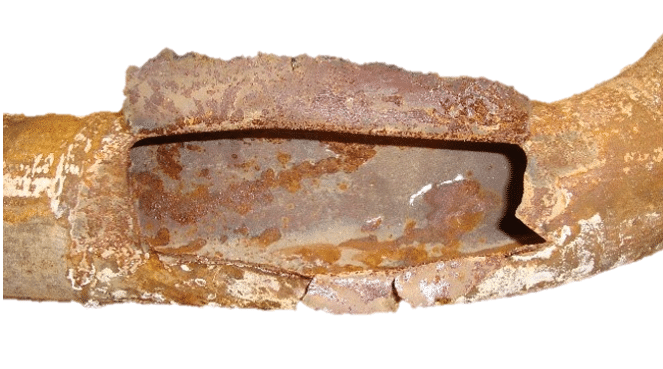
This article was written by ENGIE Laborelec’s expert team specializing in water-steam cycle chemistry.
The team provides expert advice, auditing services, laboratory support and field assistance for power plant operators and industry. If this article prompts questions about the reliability of your current monitoring strategy, please feel free to contact us at chemistry.laborelec@engie.com.